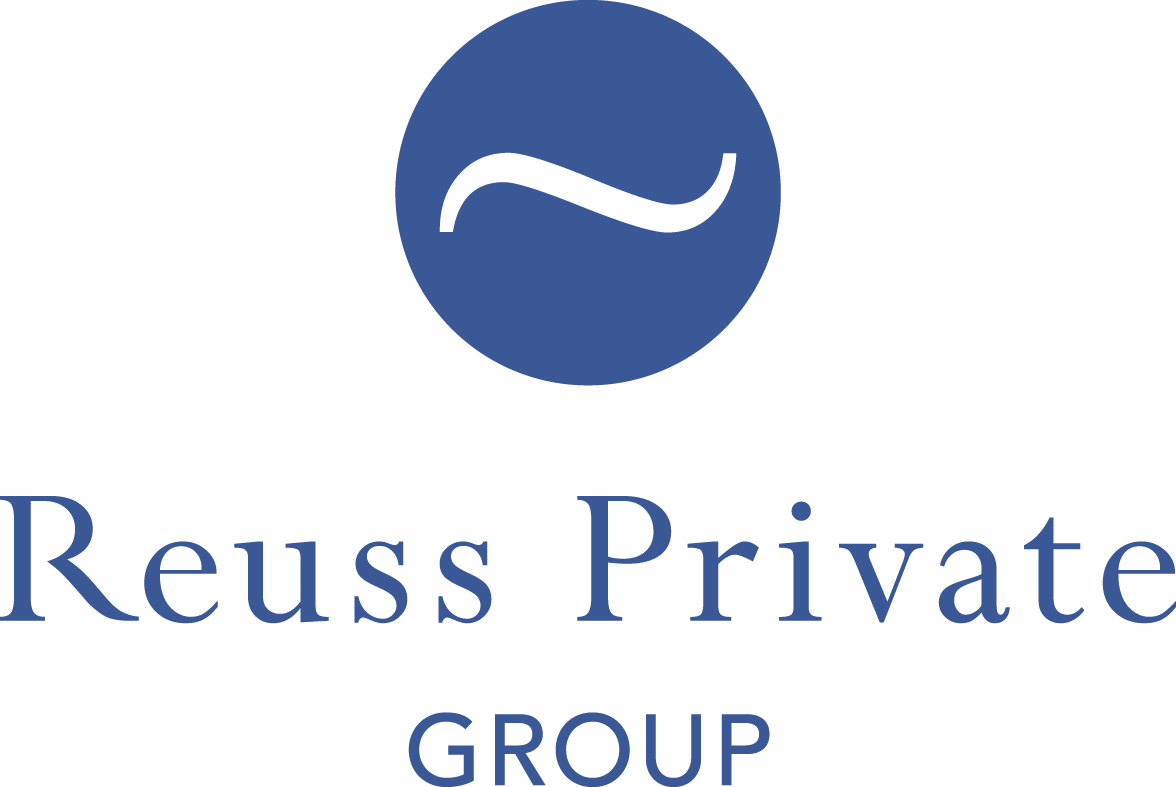Market Outlook 2022 – Q4 Update
by
Felix Ronner
The effects of the pandemic, tighter monetary policy, greater risk aversion on the part of households and companies, and pronounced losses in purchasing power are resulting in a sharp decline in global growth. For now, declining growth is subordinated to the inflation target. This is only expected to change in the new year. Nevertheless, the market conditions continue to offer opportunities.
The pandemic is not the only thing clouding the economic outlook. Some fundamental structural trends are dampening expectations for global trend growth:High levels of debt, ageing populations and low productivity progress do not allow for big leaps on a global basis. In addition, the high level of debt makes for greater wealth inequality (Gini index), which contributes to a polarisation of politics and thus poses clear risks for the economy. Despite the significant decline in global growth, investors can take advantage of emerging opportunities in some areas of the market.
The economy remains volatile
The downside risks to growth are currently predominant. The reason for this is both the war in Ukraine and the central banks’ tightening of monetary policy. Consequently, a recession is expected in Europe in the winter. Growth in the US is expected to stagnate or even decline slightly. In the longer term, however, investment activity should increasingly support growth. Nevertheless, the pandemic is not over yet, and supply shortages are still to be expected.
Expansionary fiscal policy due to high inflation
The war in Ukraine is exacerbating the already existing bottlenecks and thus further increasing the pressure on prices. Accordingly, monetary policy focuses on inflation that is too high, which means that even temporarily lower growth is tolerated. Financial repression is therefore likely to be pronounced for several years.
Political risks threaten global growth
Political risks remain high, especially due to anti-EU/euro parties in Europe or the protectionist measures of the US government. Global political risks are thus clearly discernible, and the potential for longer-term pronounced negative scenarios remains high. In particular, a resurgence of the global trade war – especially between the US and China – would have lasting consequences and ultimately negatively impact global growth and financial markets.
The market conditions continue to present opportunities
The outlook for equities is very volatile and accompanied by pronounced setbacks, but fundamentally positive in the long term. While monetary policy tightening is likely to tend to weigh on equity market valuations, dynamic growth is also accompanied by rising profits.
With inflation set to remain higher for an extended period, yields on “safe” bonds such as German government bonds and US government bonds may rise across the curve on a long-term basis. Due to higher yield volatility and a less expansionary monetary policy environment, interest rate spreads are likely to widen moderately. Nevertheless, carry and roll-down remain important for bond investors due to historically low interest rates.
For commodities, especially base metals, the environment is temporarily unfavourable, but in the long term it offers good opportunities for precious metals.


